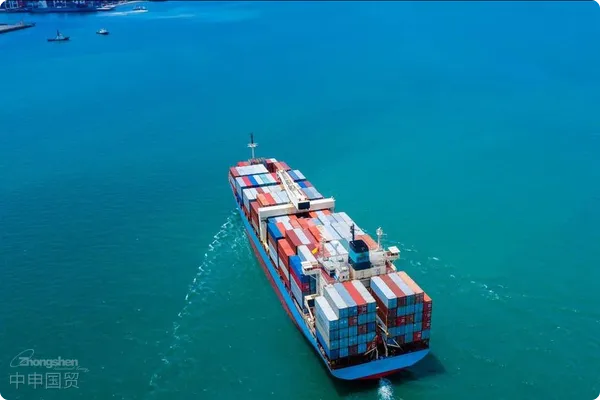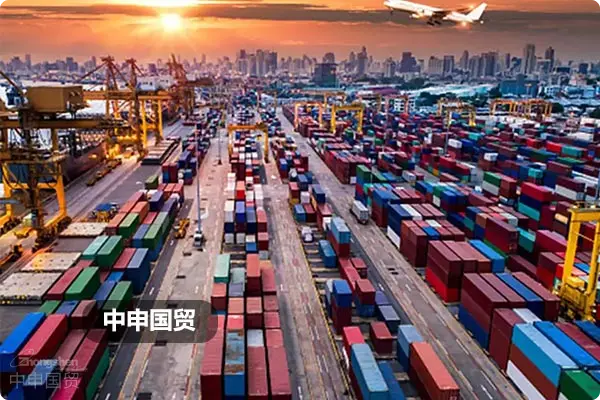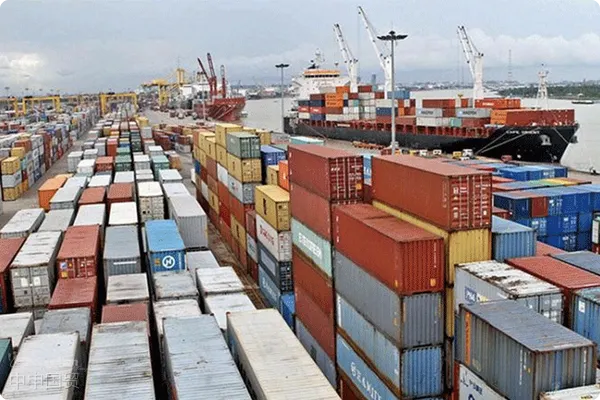- Shanghai Zhongshen International Trade Co., Ltd. - Two decades of trade agency expertise.
- Service Hotline: 139 1787 2118
CBAM is referred to as a carbon tariff in the market, although strictly speaking, CBAM is not a tariff. However, this concept can be borrowed to understand and discuss CBAM. How should Chinese export enterprises view CBAM and adjust their low-carbon actions to address this challenge?

CBAM legislation and purpose
The European Parliament and Council of the European Union passed the CBAM regulation on April 18 and April 25, 2023 respectively, aiming to help the EU achieve its 2030 climate goals and prevent carbon leakage. CBAM is one of the key legislations under the Fit for 55 package.
CBAM calculation logic
CBAMs core logic determines the number of CBAM certificates required based on the embedded emissions of imported goods. Each ton of embedded emissions corresponds to one CBAM certificate. CBAM certificate prices are calculated by the European Commission based on average carbon allowance auction platform prices.
Corporate Strategies for CBAM
The total CBAM payment can be calculated as: Total CBAM payment = Embedded emissions (tons) × CBAM certificate price. However, companies can make adjustments based on paid carbon costs and EU free allowances to reduce the total CBAM payment.
Impact of CBAM on Chinese Exporters
CBAM and similar policies in other countries indicate carbon tariffs may become important factors affecting international trade. Chinese exporters may face increased costs and reduced competitiveness without countermeasures. However, CBAM and CCA provide a window for Chinese exporters to understand and adapt to future international carbon markets and trade changes.
Chinese exporters should thoroughly understand CBAMs system and calculation logic, taking corresponding low-carbon actions to reduce emissions and prepare for potential carbon tariff policies. Companies can reduce CBAM costs by deducting carbon allowances and paid carbon costs, while finding EU-recognized methods to prove carbon cost payments. Understanding and responding to CBAM will provide Chinese exporters important opportunities to maintain competitive advantages in future international trade.
Related Recommendations
Learn
Contact Us
Email: service@sh-zhongshen.com
Related Recommendations
Contact via WeChat

? 2025. All Rights Reserved. Shanghai ICP No. 2023007705-2  PSB Record: Shanghai No.31011502009912
PSB Record: Shanghai No.31011502009912








